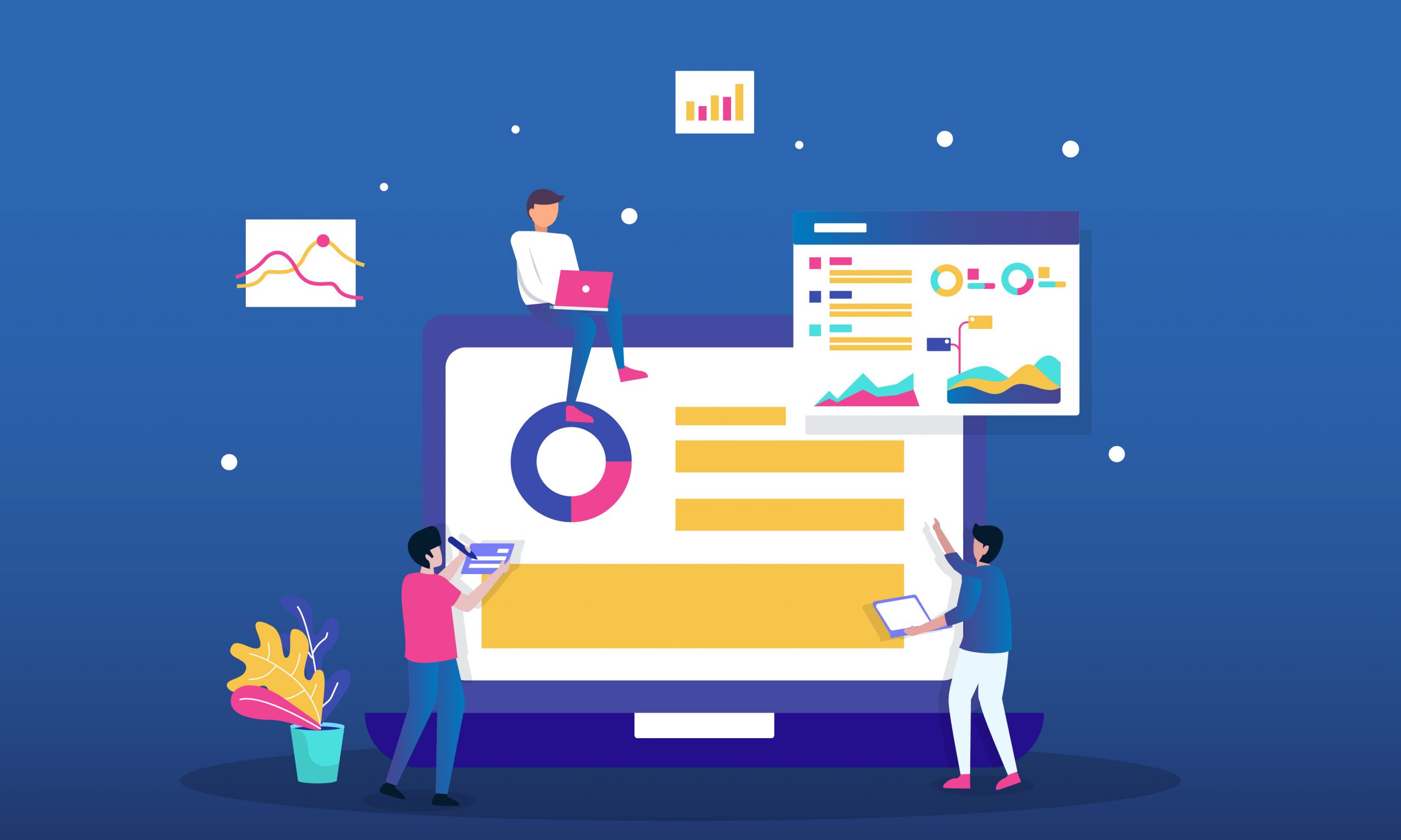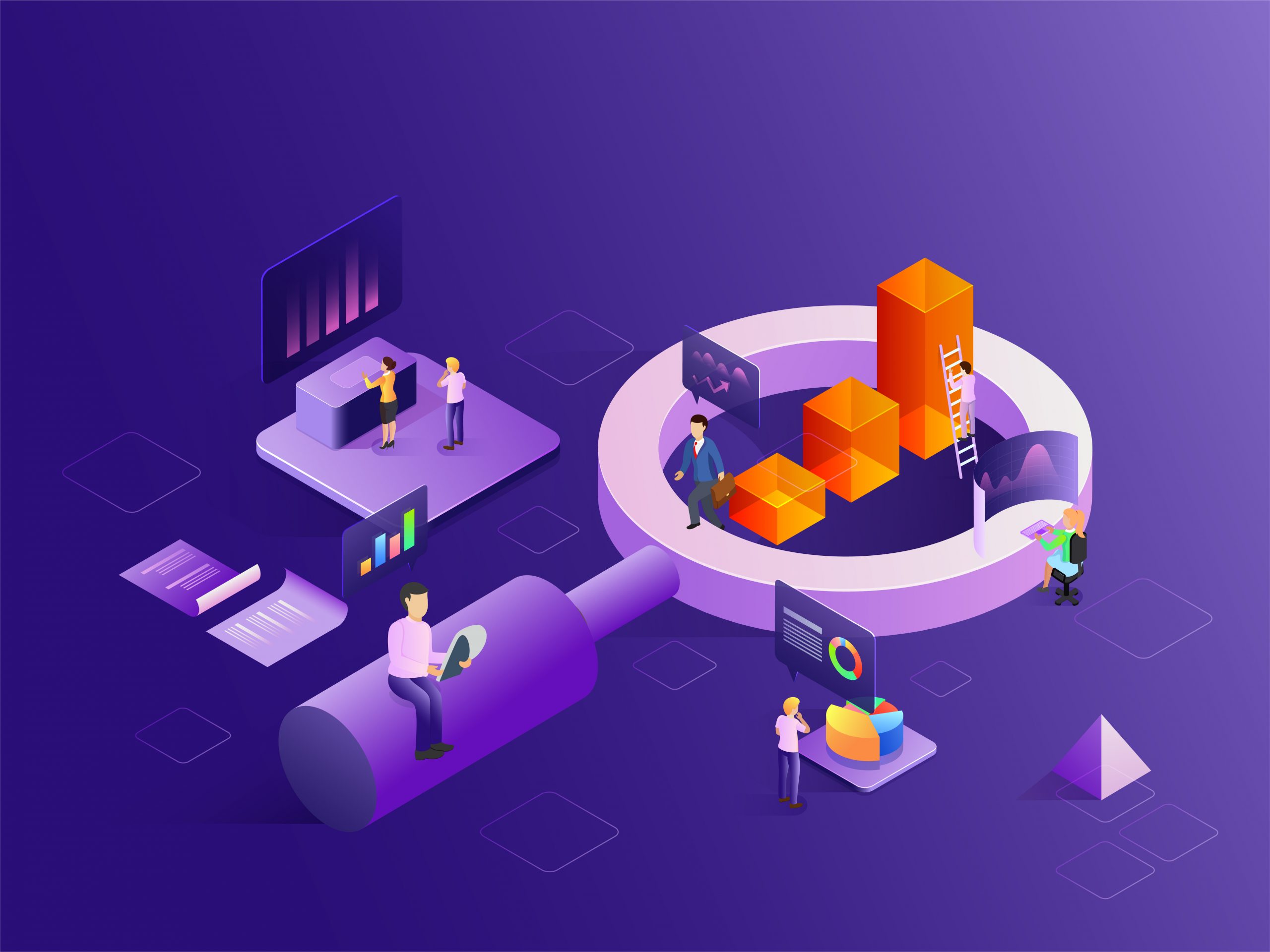Competitive advantage is an attribute that enables an organisation to outperform its competitors. It allows a business to achieve superior margins compared to its competition and thus, generate value for the company and its shareholders.
A dominant feature of the competitive advantage is that it is difficult, if not impossible, to duplicate. Something that can be easily copied or emulated, cannot be considered a competitive advantage.
The source of competitive advantage can change from sector to sector and company to company, but some common examples of competitive advantage include:
- The team
- Unique access to technology or production methods
- A product that no-one else can offer such as products protected by IP law or patents, etc.
- The ability to produce and sell goods and/or services at a lower cost, known as cost leadership
- Brand and reputation
The role of Business Analytics in Competitive Advantage
Data has become a lot more accessible today and it can be used by everyone within an organisation to increase productivity and enhance decision-making. Data flows into an organisation at all times from various sources and this data, if leveraged properly, can help the organisations gain competitive advantage.
By bringing together data from across the business, companies can get real-time insights into finance, sales, marketing, product development, and other processes, with the help of various business analytics techniques like:
- Marketing Analytics
- Website Analytics
- Predictive Analytics
- Digital Analytics
- Prescriptive Analytics
Business analytics thus gives a competitive advantage in seeing where the improvements are needed by enabling the companies to identify potential gaps in the market.
These insights further enable the teams within the organisation to collaborate better, achieve better results, and outperform the competition.
A few areas that business analytics helps to enhance to bring competitive advantage to the organisation are as discusses below:
- Find more sales opportunities
Business analytics can help the sales managers to quickly identify the customers who are buying and the products that are in decline with the help of marketing and website analytics. Further, with the help of business intelligence, the customer spending trends can be visualised by monitoring their purchases on a daily, weekly, monthly, or annual basis. These trends can ultimately help to highlight new sales opportunities that can bring competitive advantage to the companies.
- Measure over- and under-stock
A significant way to reduce wasteful spending is by streamlining the inventory management system. The main goal of inventory management is to have enough stock on hand to fulfil customer orders, without overstocking and, with the help of business analytics solutions like predictive analytics, inventory turns by each product can be measured accurately.
- Avoid dead-stock
Another danger of over-stock is the risk of it becoming dead-stock and it is the stock that remains on the shelf for so long that it cannot be sold or returned. With dead-stock, not only is the investment capital lost but the longer it sits in the warehouse the longer is the space wasted for profitable products. But, with the help of data-driven analytics, this problem can also be successfully avoided.
- Gain a clearer view of your financial performance
Financial figures such as ROI are important metrics to measure the performance of an organisation and business analytics processes like financial analytics help a business to accurately measure and gain a clear view of the financial performance of an organisation. This further enables the organisation to identify its pain areas and work on them accordingly to gain competitive advantage.
- Decrease the time IT is tied up with reporting requests
In traditional settings, the IT department used to generate reports on request. These reports enabled the managers to see what’s happening in their domains. However, these reports are static snapshots and cannot provide accurate insights into the underlying factors driving the information. IT generated reports are also time-consuming and in today’s fast past world, many factors may have changed by the time the report is returned, making it obsolete. However, with analytics, reports can be generated with just a few clicks of a button and the data can also be drilled into for deeper insight without the extra work of generating reports which can help the IT department spend more time on the other productive tasks.
- Increase the speed and accuracy of reporting
With business intelligence, reporting is not only faster because reports don’t need to go through IT, but also because it eliminates the need for error-prone spreadsheets and also removes the need to export data into spreadsheets.
With analytics, managers can also drill down, and see the underlying data driving the reports which enable them to create reports that are unique to their needs thus allowing them to make decisions based on the most current data.
- Discover trends you did not know existed
Most executives have a sound idea of the overall shape of their business. However, many discover new information after they implement a BI solution. Analytics thus, allow businesses to take advantage of the unidentified opportunities and to address unrecognized problems before they can have a serious impact, thereby, allowing us to be very impactful to their business.




